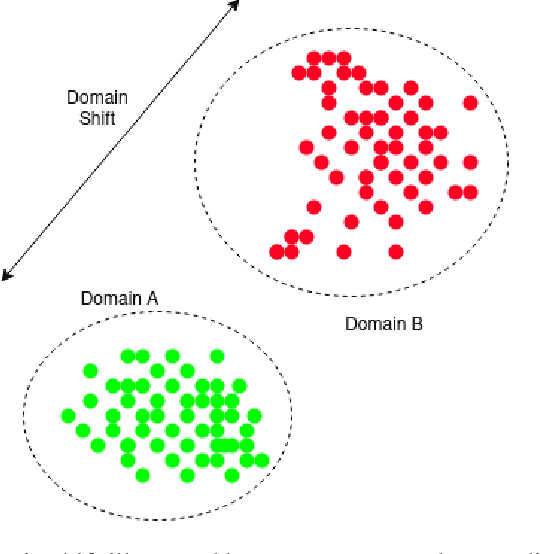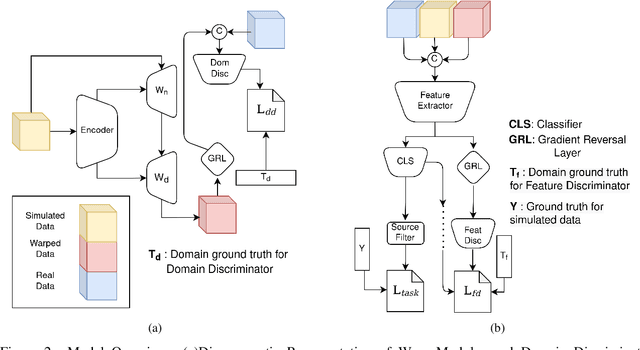Mostofa Rafid Uddin
Improving Knowledge Distillation in Transfer Learning with Layer-wise Learning Rates
Jul 05, 2024



Abstract:Transfer learning methods start performing poorly when the complexity of the learning task is increased. Most of these methods calculate the cumulative differences of all the matched features and then use them to back-propagate that loss through all the layers. Contrary to these methods, in this work, we propose a novel layer-wise learning scheme that adjusts learning parameters per layer as a function of the differences in the Jacobian/Attention/Hessian of the output activations w.r.t. the network parameters. We applied this novel scheme for attention map-based and derivative-based (first and second order) transfer learning methods. We received improved learning performance and stability against a wide range of datasets. From extensive experimental evaluation, we observed that the performance boost achieved by our method becomes more significant with the increasing difficulty of the learning task.
DualContrast: Unsupervised Disentangling of Content and Transformations with Implicit Parameterization
May 27, 2024Abstract:Unsupervised disentanglement of content and transformation has recently drawn much research, given their efficacy in solving downstream unsupervised tasks like clustering, alignment, and shape analysis. This problem is particularly important for analyzing shape-focused real-world scientific image datasets, given their significant relevance to downstream tasks. The existing works address the problem by explicitly parameterizing the transformation factors, significantly reducing their expressiveness. Moreover, they are not applicable in cases where transformations can not be readily parametrized. An alternative to such explicit approaches is self-supervised methods with data augmentation, which implicitly disentangles transformations and content. We demonstrate that the existing self-supervised methods with data augmentation result in the poor disentanglement of content and transformations in real-world scenarios. Therefore, we developed a novel self-supervised method, DualContrast, specifically for unsupervised disentanglement of content and transformations in shape-focused image datasets. Our extensive experiments showcase the superiority of DualContrast over existing self-supervised and explicit parameterization approaches. We leveraged DualContrast to disentangle protein identities and protein conformations in cellular 3D protein images. Moreover, we also disentangled transformations in MNIST, viewpoint in the Linemod Object dataset, and human movement deformation in the Starmen dataset as transformations using DualContrast.
Cryo-shift: Reducing domain shift in cryo-electron subtomograms with unsupervised domain adaptation and randomization
Nov 17, 2021



Abstract:Cryo-Electron Tomography (cryo-ET) is a 3D imaging technology that enables the visualization of subcellular structures in situ at near-atomic resolution. Cellular cryo-ET images help in resolving the structures of macromolecules and determining their spatial relationship in a single cell, which has broad significance in cell and structural biology. Subtomogram classification and recognition constitute a primary step in the systematic recovery of these macromolecular structures. Supervised deep learning methods have been proven to be highly accurate and efficient for subtomogram classification, but suffer from limited applicability due to scarcity of annotated data. While generating simulated data for training supervised models is a potential solution, a sizeable difference in the image intensity distribution in generated data as compared to real experimental data will cause the trained models to perform poorly in predicting classes on real subtomograms. In this work, we present Cryo-Shift, a fully unsupervised domain adaptation and randomization framework for deep learning-based cross-domain subtomogram classification. We use unsupervised multi-adversarial domain adaption to reduce the domain shift between features of simulated and experimental data. We develop a network-driven domain randomization procedure with `warp' modules to alter the simulated data and help the classifier generalize better on experimental data. We do not use any labeled experimental data to train our model, whereas some of the existing alternative approaches require labeled experimental samples for cross-domain classification. Nevertheless, Cryo-Shift outperforms the existing alternative approaches in cross-domain subtomogram classification in extensive evaluation studies demonstrated herein using both simulated and experimental data.
* 14 pages
 Add to Chrome
Add to Chrome Add to Firefox
Add to Firefox Add to Edge
Add to Edge